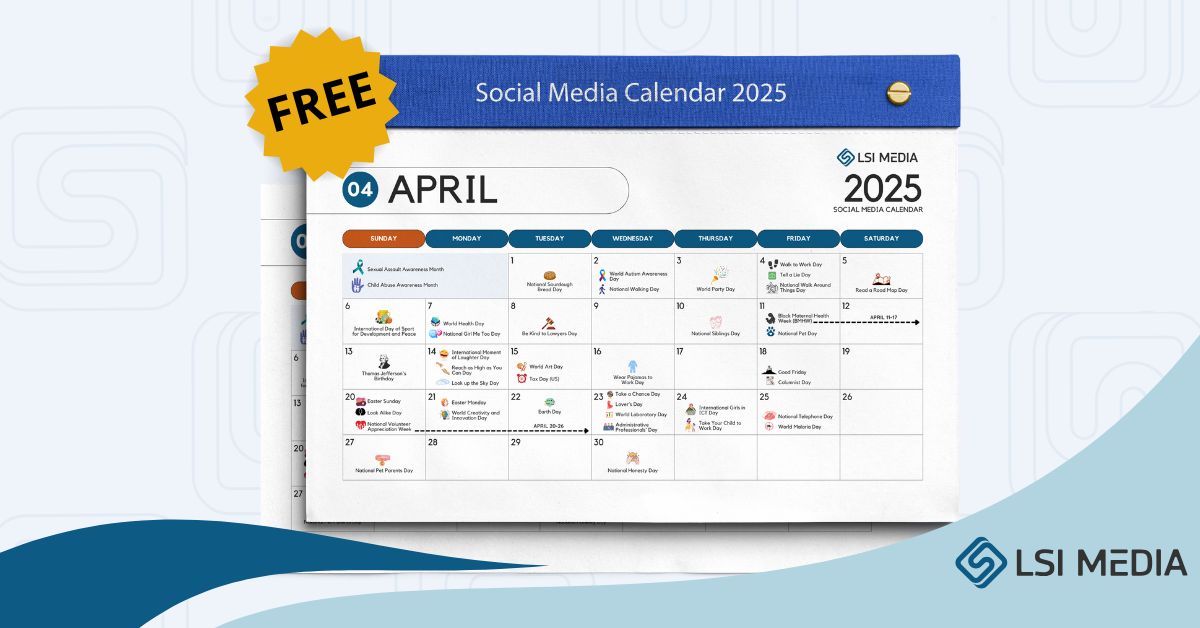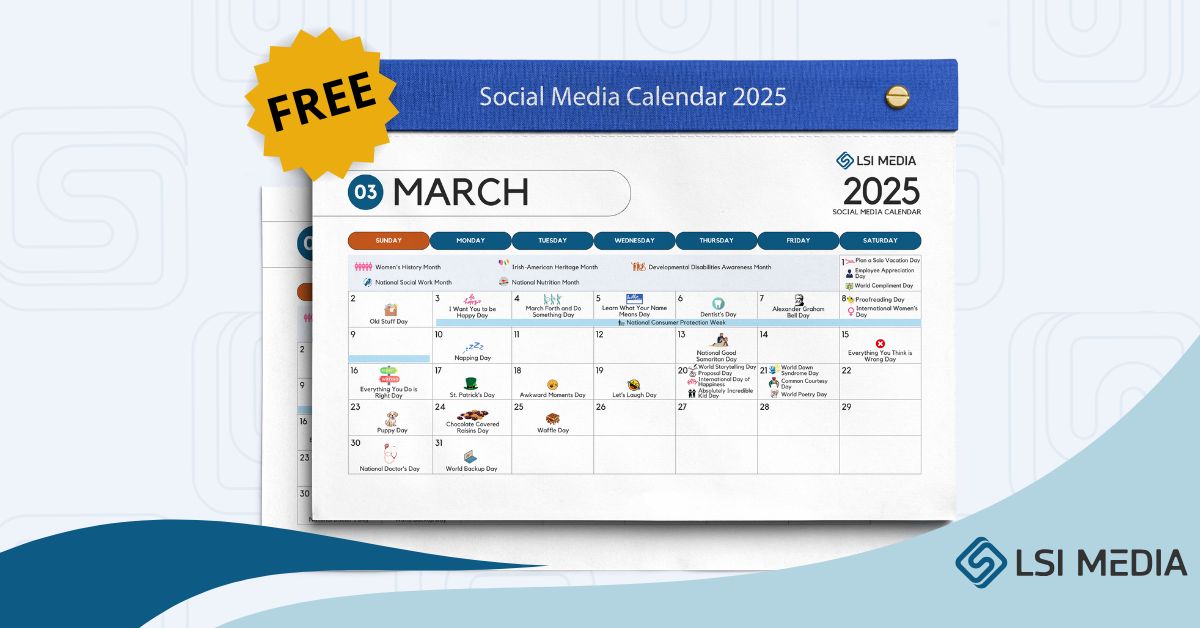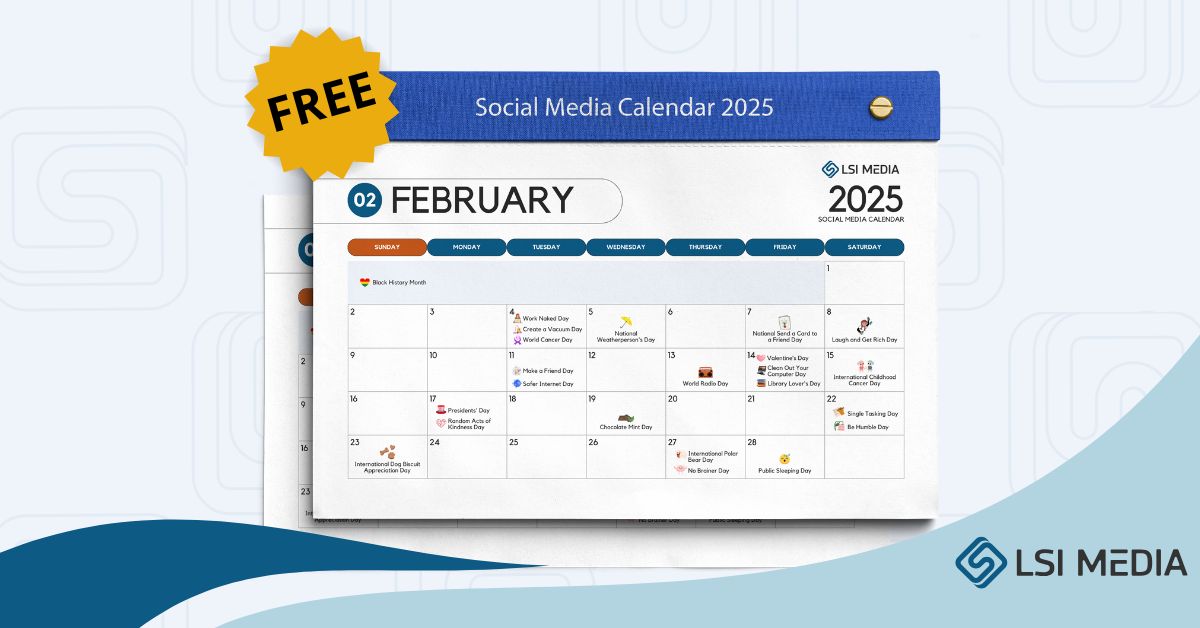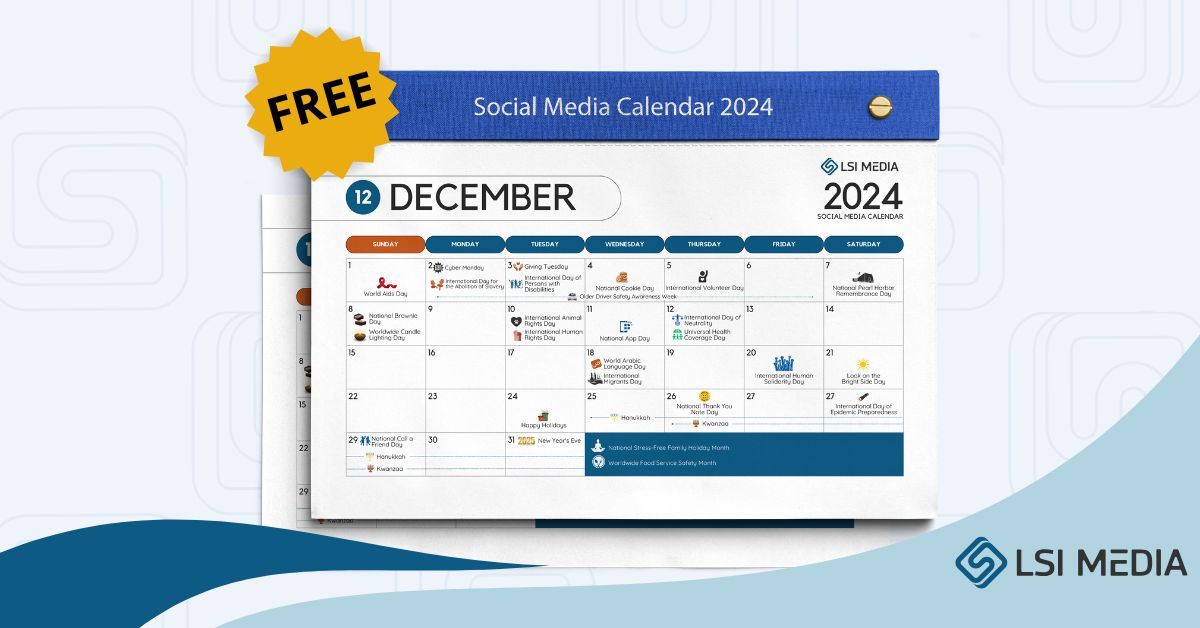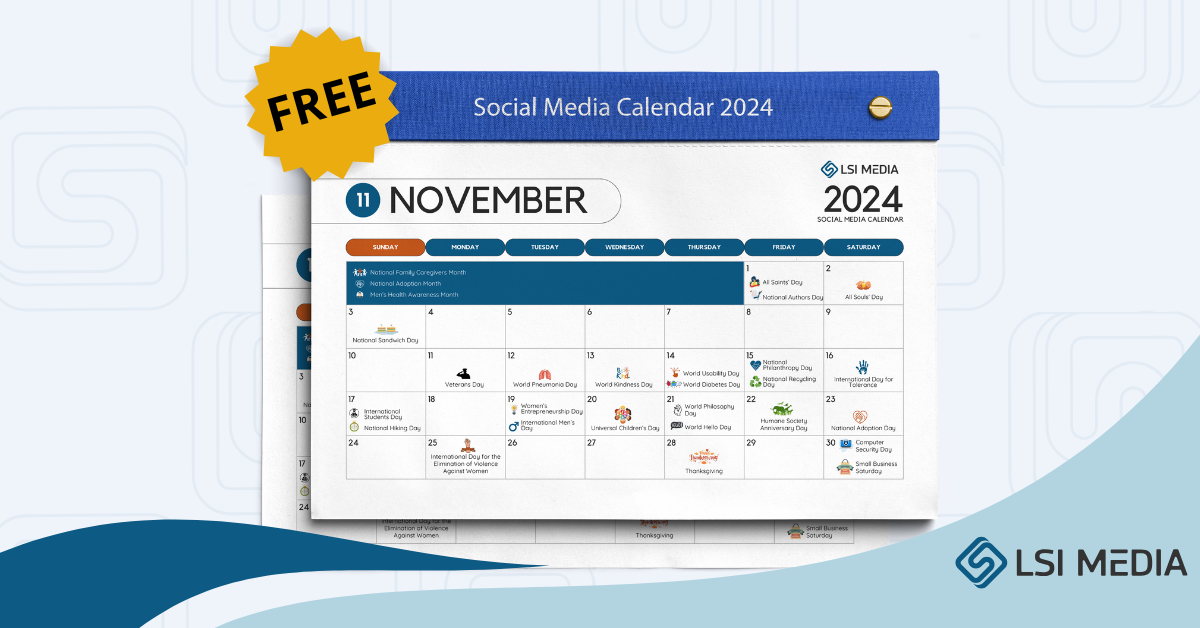[ez-toc]
How Well Do You Know Social Media Marketing? – LSI Media
What entrepreneur wouldn’t want their business to thrive digitally? This means that you have found a way to meet your short and long-term goals, and you are steadily increasing the amount of profit you make each month. People are using your products and services, and in no time, you may even be able to expand into the international market.For a second, you must take a step back. For your business to thrive, you need to understand how to do this and do so securely. This article will provide you with a better understanding of this.
There are several security precautions that you can take, and all of them boil down to the fact that you must take care of your online network and connections. The chances are that the work you do every day at the office relies on the internet, as well. That is why you should also have endpoint security set up, whereby you protect your computer networks connected to other devices and gadgets. To make it easier for your company to do all of this, keep in mind that other businesses specialize in offering these types of services, like McAfee. So you’ve just written and published a great blog post. It offers value to your readers, it’s super detailed, and it has an awesome headline.
But people aren’t flocking to see it yet. Maybe you shared it on your channels. Or you even paid for a couple of ads to get more traction. But still – you need more traffic. Where do you get it? You need to know what your competitors are doing to market their business so that you can improve your digital marketing strategy – it’s that simple. From your mentions in the media to your strategy and strategies for driving traffic to your website, a competitive analysis can help you uncover the best ways to improve all of your digital marketing strategies and help you gain that competitive advantage that every business wants.
More info on 3 Ways To Spy On Your Competitors – And Why You Need To Start Doing It Now
Five Core Pillars of Social Media Marketing
1. Strategy
Before we post something on social media, let’s take a step back and look at the big picture. The initial step is to create a strategy.
How do you plan to achieve your goals?
What can social media do to help you reach your business objectives? Businesses use social media to increase brand awareness, while others drive website traffic and sales. Moreover, it can help you generate brand engagement, build a community, and serve as a customer support channel.
Which social media platforms are you going to prioritize?
The major platforms are Facebook, Instagram, Twitter, LinkedIn, Pinterest, YouTube, and Snapchat. There are also smaller and more emerging platforms like Tumblr, TikTok, and Anchor and social messaging platforms such as Messenger, WhatsApp, and WeChat. As a start-up, focus on a few platforms where you believe your target audience hangs out other than being present on all of them.
What type of content do you want to share?
What kind of content are you going to use to attract your target audience? Is it images, videos, or links? Is the content informative or entertaining? You can start by developing a marketing persona to help you answer these questions. If your posts do well, you can adjust your strategy.
2. Planning and Publishing
A small business’s social media marketing strategy typically starts with a consistent presence on social media. Nearly three billion people use social media (3,000,000,000). Potential customers can discover your brand on platforms. Social media publishing is as simple as sharing a blog post, an image, or a video on a social media platform. The procedure is identical to that of sharing on your Facebook profile. You should plan your content ahead of time rather than creating it on the spur of the moment. To maximize your target reach, you must publish unique content that your audience enjoys at the right time and frequency. Social media scheduling tools allow you to publish your content at a time convenient for you automatically. This allows you to reach your audience when they are more likely to engage with your content.
3. Listening and Engagement
Conversations about your brand will grow in tandem with the growth of your company and social media followers. People will leave comments on your social media posts, tag you in theirs, or message you directly. It might even mention your brand without your knowledge. As a result, you should keep an eye on social media conversations about your brand. If it’s a positive comment, you have the opportunity to surprise and delight them. You can assist and help to correct a situation before it worsens.
There is a way to manually check notifications across all social media platforms, but this isn’t efficient, and you won’t see posts that didn’t tag your business’s social media profile. Instead, use a social media listening and engagement tool that aggregates all of your social media mentions and messages, including posts that do not tag your company’s social media accounts.
4. Analytics
Whether you are publishing content or engaging on social media, you will want to know how your marketing is performing. Do you reach out to more people on social media than you did last month? How many favorable mentions do you get each month? On social media, how many people used your brand’s hashtag? This type of information is widely available on social media platforms. There are numerous tools available for analyzing your social media content and comparing your results across platforms.
5. Advertising
Consider investing in social media advertising when you have more money to invest in your social media marketing strategy. Social media ads enable you to reach a larger audience than just those who follow you. The ability to choose who sees your ads on social media is so powerful today that you can specify exactly who should see them. Create target audiences based on demographics, interests, and behaviors, among other things. When running multiple social media advertising campaigns, you can automate processes, make bulk changes, and optimize your social media ads.
Here are some of my best tips for promoting your blog posts on social media:
- Optimize your updates for different social networks; each social network is different, and its users have different expectations. Whenever you share a blog post, to maximize your results, try optimizing your updates for each social network in turn – and that means everything, the next update and the imagery used to promote it.
- Keep promoting your blog posts regularly: if your content is evergreen – or at the very least, for as long as it is still relevant – you should regularly share it on your social media channels. On Twitter, you can do this more frequently (once every few days, for example), while on other social networks (like Facebook or LinkedIn), you can re-share it once a week or every few weeks, depending on how much you normally post.
To help with this, you can use a social media tool with queue features, like Agorapulse, to create numerous queues for your posts. Each queue has its schedule, so as you add updates to each queue, the tool will automatically share them at the times and dates you initially set. This way, you don’t have to schedule or publish each post manually, and you can even have the updates republished regularly and completely automatically.
- Leverage groups: Facebook has groups created explicitly for sharing blog posts (they kind of work like a blogging community); however, those shares might not always be from your target audience. Instead, join relevant niche groups (on Facebook, and LinkedIn) and regularly check their guidelines. But, it would be great if you could occasionally toot your own horn.
- Social media ads: last but certainly not least, you can always leverage ads to get a quick boost in traffic. Try to experiment with your targeting and copy and monitor your results to see which ads perform best.
In Conclusion
Social media marketing is a powerful strategy that can greatly impact a business’s success in the digital age. It involves using various social media platforms to connect with potential customers, build brand awareness, and drive website traffic. However, it is crucial to understand and fully grasp the nuances of each platform and how to effectively engage with the target audience.
It is not enough to simply publish content and hope for the best; social media marketing requires careful planning, analyzing data, and making informed decisions based on results. Utilizing social media marketing tools and techniques such as content creation, audience targeting, and influencer partnerships can help businesses reach their goals and stand out from the competition. Having a strong social media presence can also foster customer loyalty, as it allows for two-way communication and personalized interactions.
Overall, social media marketing requires continuous learning and adaptation to stay current and relevant in a rapidly changing digital landscape. As technology and consumer behavior continue to evolve, businesses must be willing to experiment, test new strategies, and stay agile in order to maximize the benefits of social media marketing.
FAQs:
1. What is social media marketing?
Social media marketing refers to the use of various social media platforms and websites to promote products or services. It involves creating and sharing content on social media platforms such as Facebook, Instagram, Twitter, and LinkedIn to engage with the target audience, build brand awareness, drive website traffic, and generate leads or sales.
2. Why is social media marketing important?
Social media marketing is important because it allows businesses to reach a wide audience, connect and engage with their target market, and build a strong online presence. It provides an opportunity to share valuable content, interact with followers, and build brand loyalty. Additionally, social media platforms offer powerful targeting options that help businesses reach the right people at the right time.
3. What are the benefits of social media marketing?
Social media marketing offers numerous benefits, including:
- Increased brand awareness: By regularly posting quality content and engaging with your audience, you can increase brand visibility and reach.
- Improved customer engagement: Social media platforms provide a direct line of communication with your customers, allowing you to respond to queries, provide support, and build relationships.
- Higher website traffic: Sharing compelling content on social media can drive more traffic to your website, leading to increased conversions.
- Targeted advertising: Social media platforms offer robust targeting options, allowing you to reach your ideal audience based on demographics, interests, and behavior.
- Better customer insights: Social media analytics provide valuable insights about your audience, allowing you to make data-driven decisions.
4. Which social media platforms should I use for marketing?
The choice of social media platforms depends on your target audience and business goals. It’s crucial to research and understand where your target audience spends their time online. Popular options include Facebook, Instagram, Twitter, LinkedIn, and YouTube. Consider factors like demographics, user behavior, and the type of content that performs well on each platform.












